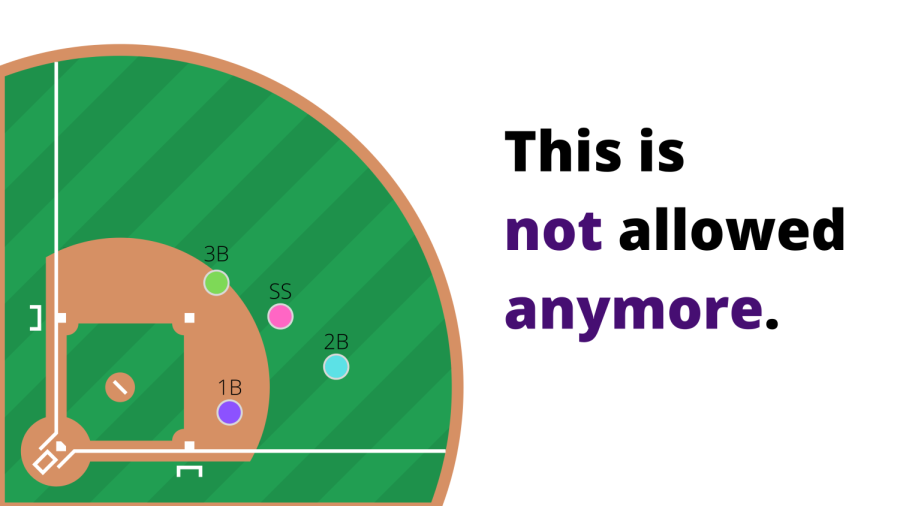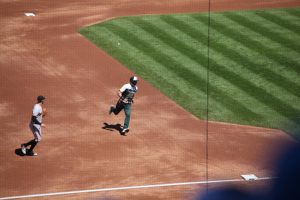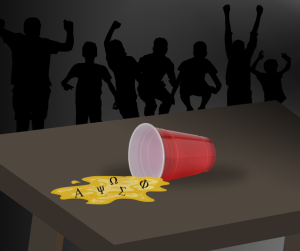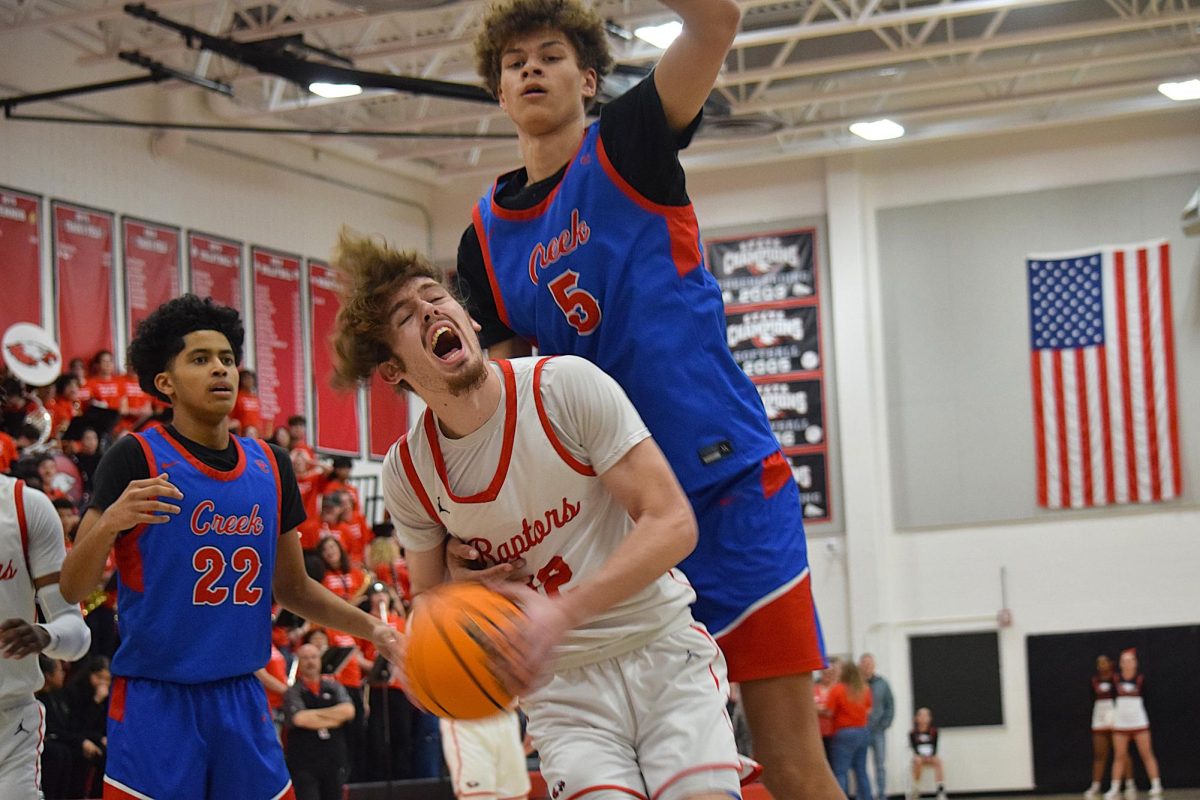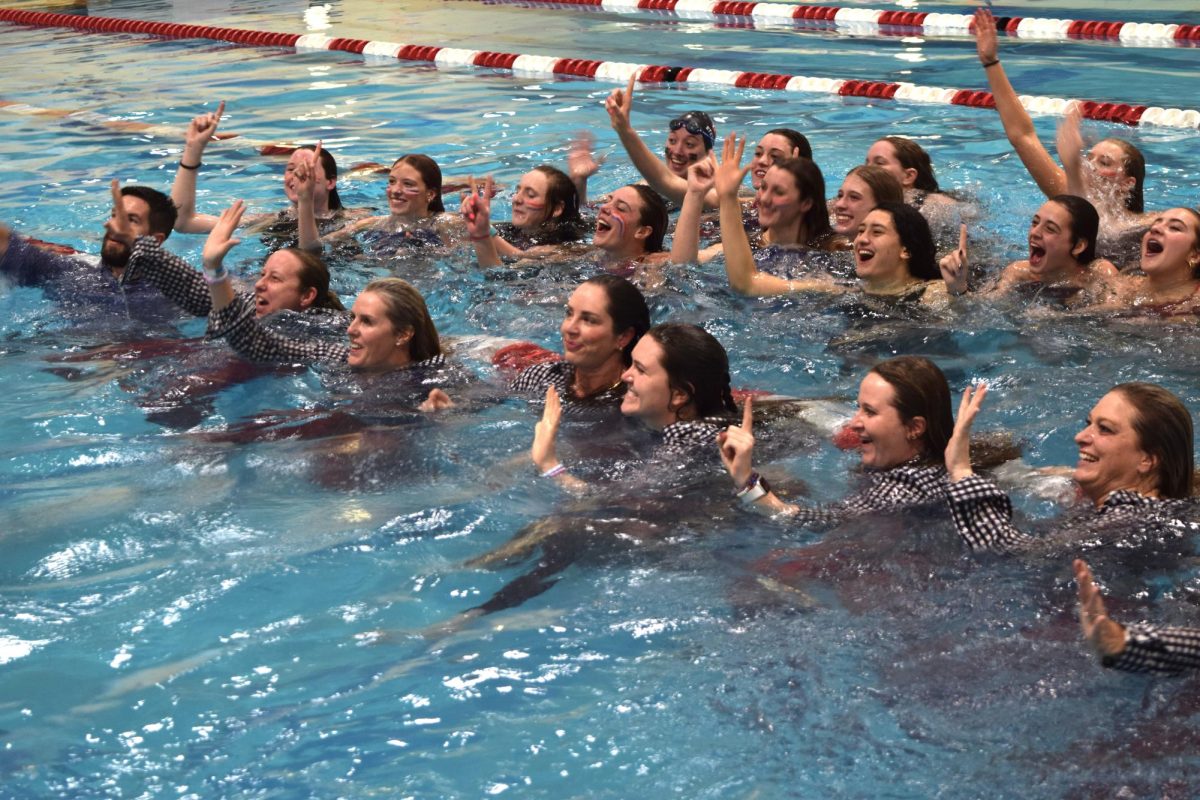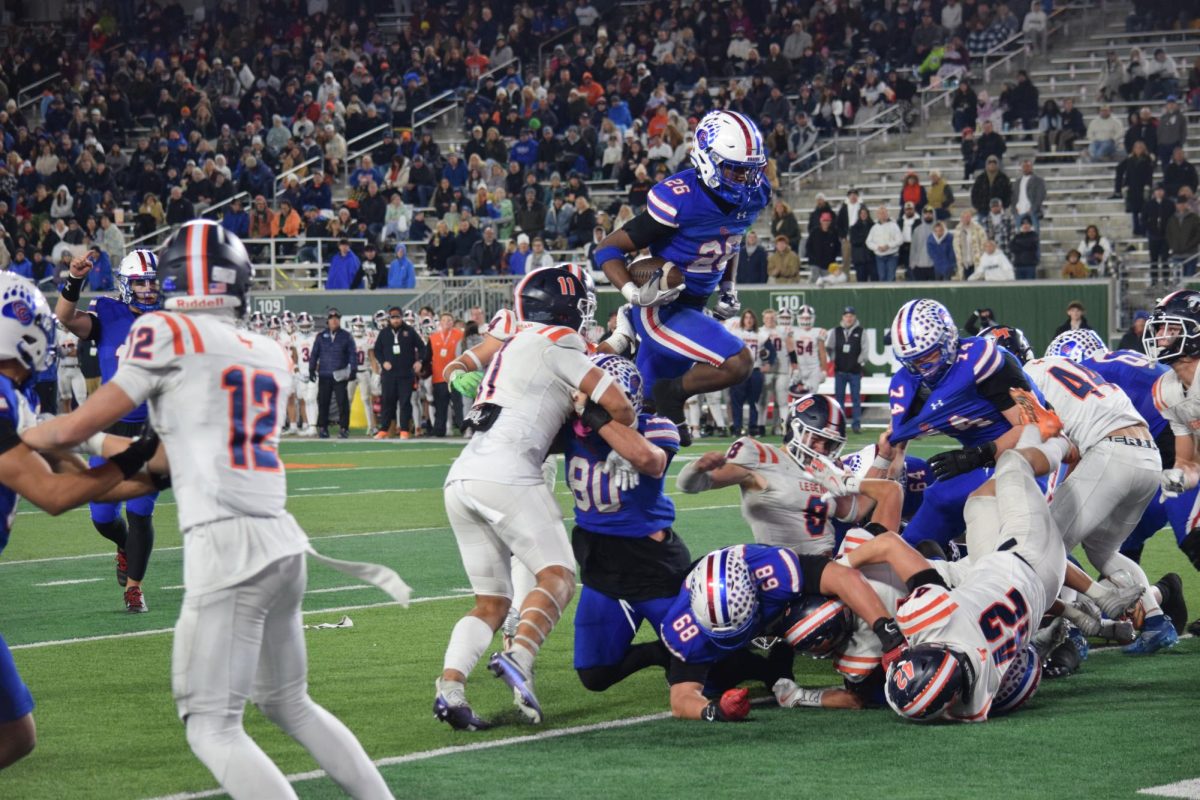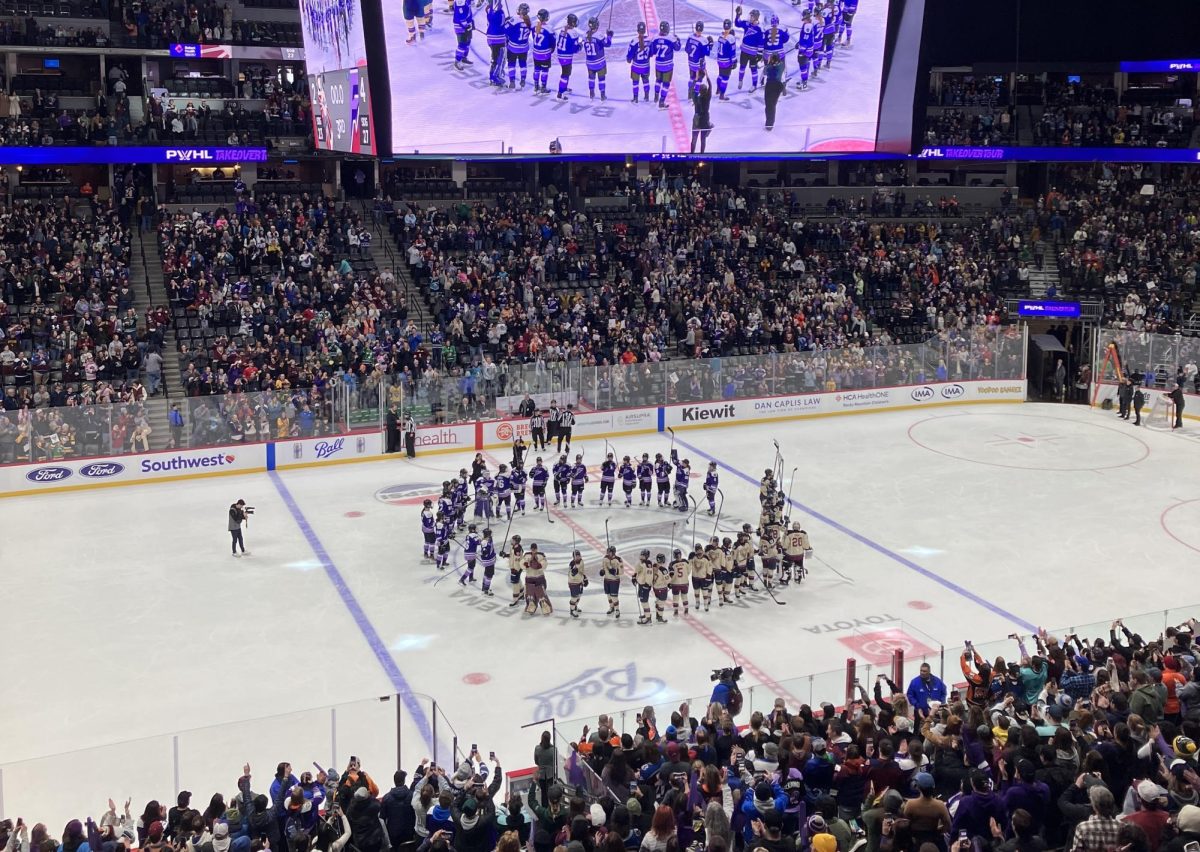Peanuts and Cracker Jack #2: The New Rulebook
MLB released changes to the current baseball rulebook. The shift, a popular defensive strategy where infielders move to the right side of the field, has been outlawed.
September 20, 2022
MLB announced new additions to the rulebook on Sept. 9. The three new rules will be put into action in the upcoming 2023 season, and there have been mixed responses to them from fans and players. Let’s break them down. As an avid fan, I am infuriated about some of these new regulations.
Rule #1: Shift Restrictions
This rule was more of a surprise than anything. Teams like the Houston Astros and the San Diego Padres are famous for their massive shifts against lefty batters, where they’ll send the second basemen into shallow centerfield and the third basemen to the right of second base. When this rule came out, it not only prevented those kinds of movements, but basically all shifts.
There are subsections to the rule that make pronounced shifts and major defensive movements impossible. 1) Two people are required to be on both sides of second base. 2) Players can not cross to the opposite side of second base (for example, the shortstop can’t go to the right side of the infield). 3) Players must not be in contact with the outfield grass when the pitcher is on the rubber before a pitch. 4) A violation of this rule will result in an automatic ball, upon the offense’s choice.
The shift is a strategy teams use to take advantage of lefty pull hitters. They move the defenders to the right side of the field because pull hitters are more likely to bat a ball there. Frankly, the shift has been extremely effective, so these restrictions will grow offense and create more hit opportunities.
I was not only surprised, but shocked by this rule. This was such a sudden change that it’s tough to comprehend a game without the shift. If there is more offense because of the elimination of the shift, then I am looking forward to this change coming into play.
Rule #2: Bigger Bases
This rule is the simplest: adding three inches to the sides of each base (not including home plate), from 15 to 18 inches. According to the MLB, having shorter base paths will encourage more stolen base attempts, which I am all for.
The other reason the bases’ sizes were increased was for safety. Larger bases will prevent oversliding, and extra room for fielders to touch the base without being bowled over by a runner.
All in all, I predict that this rule will both make little difference and be forgotten quite quickly after the season begins.
Rule #3: The Pitch Clock
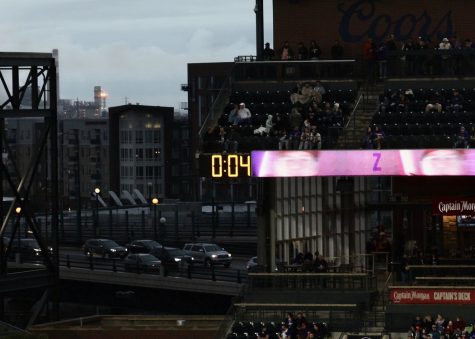
There are many different specifications to this rule, but some are much more important than others. 1) The pitch must be thrown before the clock runs out. 2) Only two pickoff attempts can be made per at-bat. 3) The batter has one chance to call time-out per at-bat, but the umpire may call more due to special circumstances like an injury. 4) The clock counts from 20 seconds when runners are on base and 15 when there are none.
The pitch clock is used in minor league games and many people who go to those games either don’t realize it’s there, or don’t object to it once the game has begun. I can say confidently that I will not be one of those people.
Throughout all the twists and turns baseball has gone through, there is one aspect of the game that makes it unique: the lack of a timer.
Every single mainstream sport in the US has a timer. Football, hockey, basketball, soccer, even lacrosse. However, a baseball game could go on forever in a neck and neck duel because of its lack of a time limit. Slapping a clock on every stadium won’t be an afterthought, it won’t fade into the shadows. The delay-of-game penalty may be needed in football and basketball, but baseball has never required it.
I think that this rule change can be summed up in the words of Colorado Rockies closing pitcher Daniel Bard, who protested the new rulebook in an Instagram story. “After this year, we’ll be on a clock like every other sport,” Bard said. “There will be other…ways to speed up time between pitches, but the league didn’t listen to our suggestions.”
The MLB Players Association was on the same page. “Major League Baseball was unwilling to meaningfully address the areas of concern that Players raised,” said the MLBPA in a recently released statement. “Players on the Competition Committee voted unanimously against the implementation of the rules covering defensive shifts and the use of a pitch timer.”
Fans didn’t want this. The players didn’t want this. However, Commissioner Robert Manfred is willing to stain baseball forever in efforts to speed the game up.

